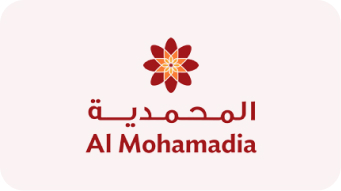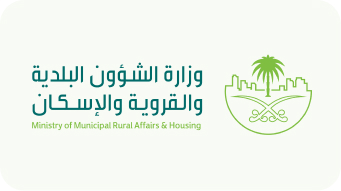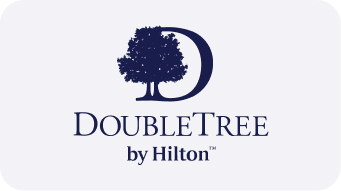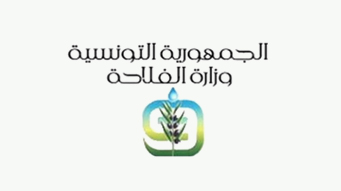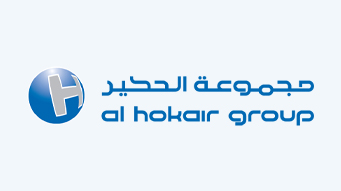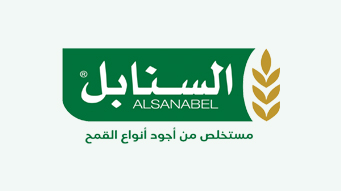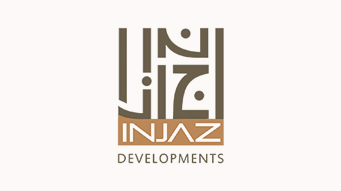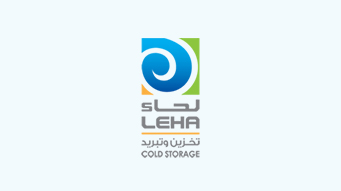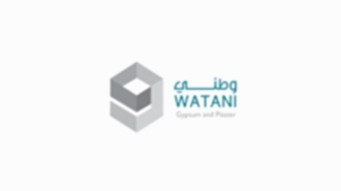
Greywater and Mega-Projects: How Greywater Treatment Turns Sustainability into Investment Profit?
Water is a scarce commodity in the era of development, particularly amidst the rapid urbanization witnessed in Saudi Arabia. This is especially true with the launch of mega-projects as part of Vision 2030. Water resource management has become a strategic challenge. With the increasing demand for water, the search for alternative and sustainable water sources has become imperative.
This is where greywater emerges as a smart logistical, environmental, and economic solution. It not only reduces the waste of precious water but also transforms this “waste” into a resource that enhances the economic viability and market value of real estate projects, whether they are luxury residential complexes or integrated industrial cities.
This article provides a comprehensive guide to how greywater treatment contributes to driving sustainability and creating added investment value for mega-projects in the Kingdom, from the initial concept to the technologies applied and the economic impact.
The Role of Greywater in Achieving Urban Sustainability
To maximize the benefits of this resource, we must first define what greywater is and how it can be utilized.
Definition and Classification of Greywater
What is greywater? It is domestic wastewater from sources that do not contain fecal or urinary materials, such as showers, sinks, and washing machines.
The Difference Between Greywater and Blackwater: Greywater differs from blackwater (from toilets and kitchens) in that it is less contaminated with bacteria and solid organic matter, making its treatment and reuse easier, more efficient, and significantly less expensive.
Environmental Goals of Large-Scale Projects
Large-scale projects use enormous quantities of water for purposes other than drinking and basic sanitation, such as:
- Irrigating green spaces: in residential complexes, public parks, and golf courses.
- Cooling towers: Central air conditioning systems require large quantities of water for cooling.
- Toilets: It can be used for toilet flushing after appropriate treatment.
Using treated greywater for these purposes alleviates the immense pressure on freshwater resources (both desalinated and groundwater), reinforcing the principle of the circular water economy.
Economic Feasibility: Turning Sustainability into Savings and Profit
Economic incentives are the strongest driver for adopting greywater treatment technologies in large-scale real estate projects.
Consumption Cost vs. Treatment Cost Analysis
- Reduced Operating Bills: Large-scale projects incur significant costs for purchasing and distributing desalinated water. Reusing greywater means reducing the amount of water purchased by up to 40% of total non-potable consumption.
- Reduced Wastewater Costs: On-site treatment reduces the amount of wastewater discharged into the public sewer system, thereby lowering wastewater fees and reducing strain on local infrastructure.
Increased Property Value and Marketing Appeal
In luxury real estate markets, value extends beyond architectural features to include environmental performance:
- Green Certification: Greywater treatment systems directly contribute to projects obtaining global sustainability certifications such as LEED or WELL. These certifications increase the property’s market value and make it more desirable to international investors and buyers.
- Attracting Environmentally Concerned Investors: Major corporations and investment funds are seeking properties with a low carbon footprint and energy efficiency (ESG), opening doors to green finance and long-term investment.
Innovative Technologies in Greywater Treatment Units
Greywater treatment units have evolved significantly to become more compact and efficient, making them ideal for integration into new project designs.
Advanced Filtration Systems (UF and MBR)
- Ultrafiltration (UF): This technology is the cornerstone of greywater treatment. It utilizes membranes with extremely fine pores to effectively remove suspended particles, complex chemicals, and bacteria, producing high-purity water suitable for reuse.
- Membrane Bioreactors (MBR): This technology combines traditional biological treatment with membrane filtration systems to deliver exceptionally high-quality treated water with a smaller spatial footprint, which is crucial in densely populated urban projects.
Read also: Advantages and Disadvantages of Ultrafiltration and Reverse Osmosis
Safe Sterilization of Treated Water
To ensure water safety for non-potable uses:
- Ultraviolet (UV) irradiation: This is the preferred sterilization method because it does not use chemicals (such as chlorine), reducing the potential for corrosion of pipes and equipment and protecting the environment.
- Limited Chemical Treatment: Small doses of disinfectants may be used to maintain water quality in distribution networks, but the primary focus remains on physical and membrane treatment to minimize reliance on chemicals.
Regulatory and Operational Compliance Challenges in the Kingdom
Despite the clear benefits, developers face challenges that must be addressed in collaboration with water treatment experts to ensure success.
Compliance Requirements with Saudi Standards
Saudi government agencies set strict standards for the quality of reused water, especially for irrigation. This requires:
- Regular Laboratory Testing: Regular chemical and biological testing of treated water to ensure continued compliance with specifications.
- Record Keeping: Accurate documentation of operations and maintenance to ensure transparency during regulatory inspections.
Long-Term Design and Maintenance Considerations
- Grid Separation: Implementing a greywater system requires a dual plumbing system in the building to separate greywater from blackwater. This increases initial construction costs but is a vital investment.
- Preventive Maintenance of Treatment Units: Membrane filtration systems require meticulous maintenance, including regular chemical cleaning. This process demands significant expertise to ensure continued membrane efficiency and minimize downtime.
- Compact and Flexible Design: For large-scale projects, selecting customized skid-mounted treatment units is crucial. These units save space and simplify installation, transportation, and maintenance. The design should also incorporate remote digital monitoring systems, allowing engineers to continuously monitor membrane and pump performance and water quality. This reduces human intervention, ensures immediate response to any malfunctions, and ultimately improves overall system efficiency.
Training Local Personnel
The long-term success of the system depends on the operating team. Advanced training must be provided to local technical personnel to handle the advanced technologies used in the treatment units and their maintenance. This not only supports the project’s sustainability but also contributes to the localization of knowledge and skills.
Greywater as an Investment in the Future of Real Estate Projects
Adopting greywater treatment and reuse technologies in large-scale real estate projects is no longer a supplementary option. It is an indicator of developers’ commitment to sustainability and environmental responsibility. This step not only serves the Kingdom’s national water conservation goals but also translates directly into significant operational savings, increased property market value, and the attraction of investments that value environmental performance.
In collaboration with specialized water treatment technology companies, large-scale real estate projects can transform from mere consumers of resources into leading models of the circular water economy, ensuring a green and prosperous future for Saudi cities. This is what we offer at the Water Care Foundation for Water Purification by providing a diverse range of water treatment solutions, utilizing the latest technologies and the best spare parts. We also provide after-sales services, including maintenance and training for plant operators.
An important article explaining how we ensure quality in water treatment projects: Secret Standards for Technical Excellence

